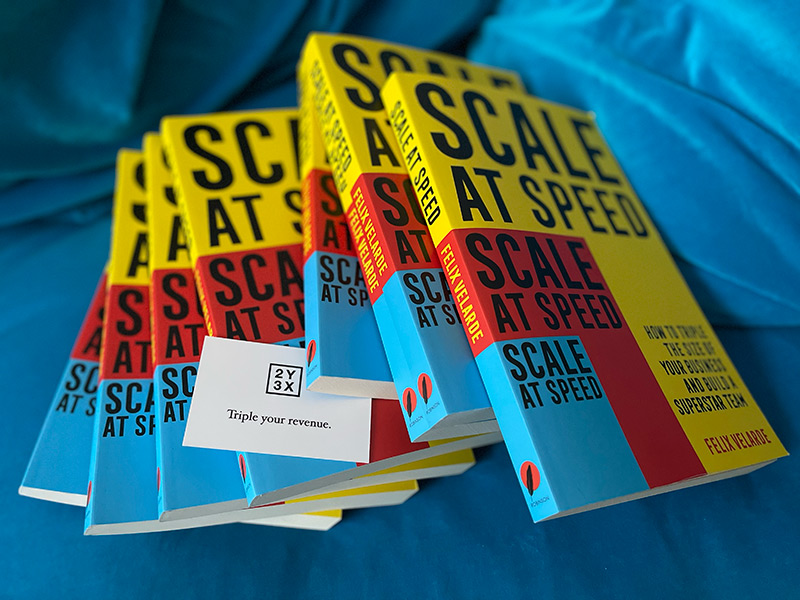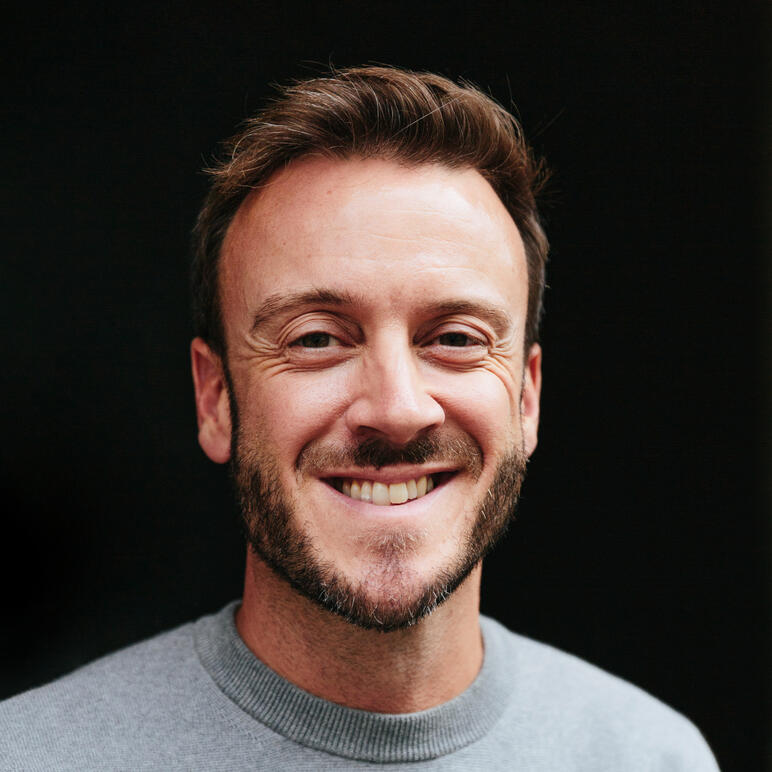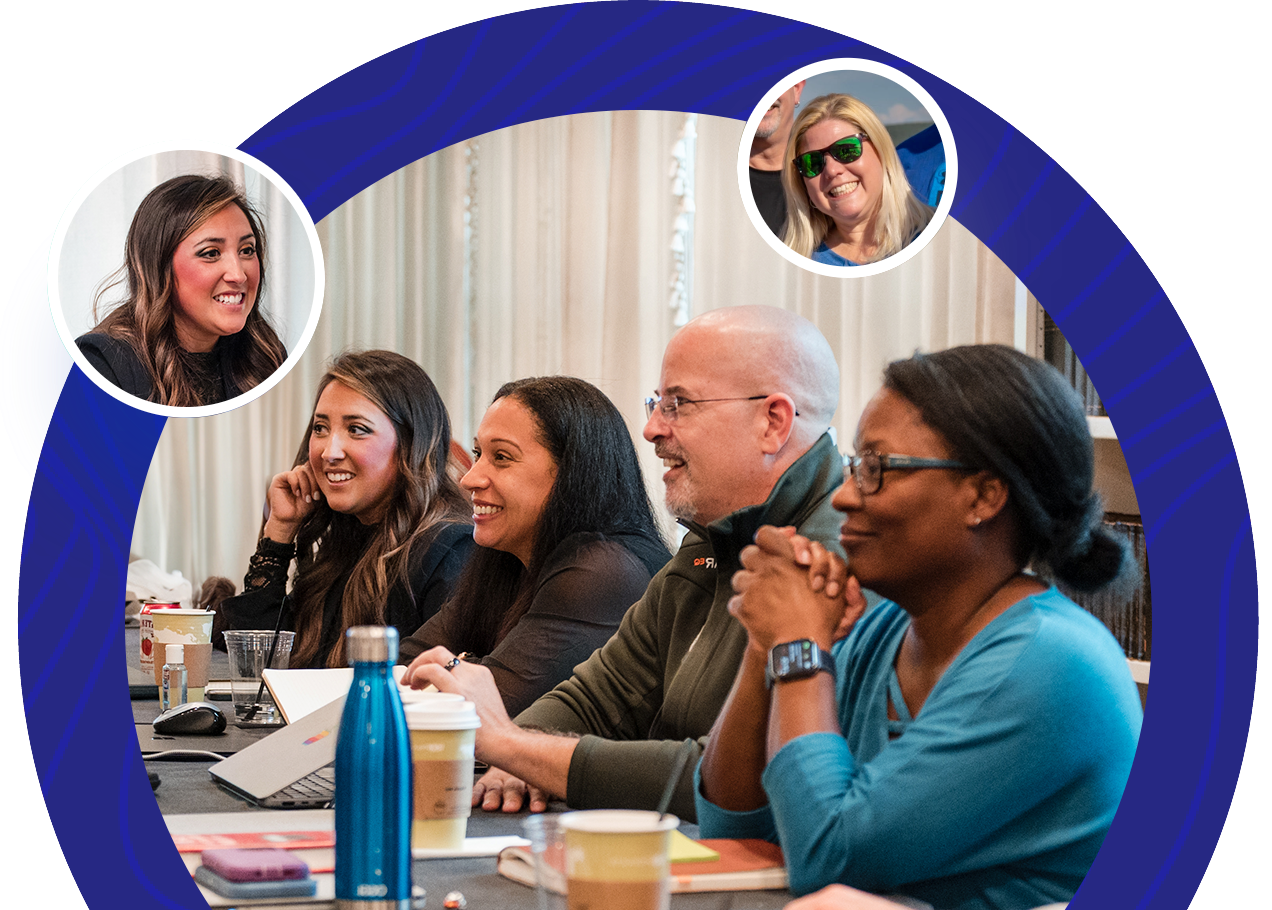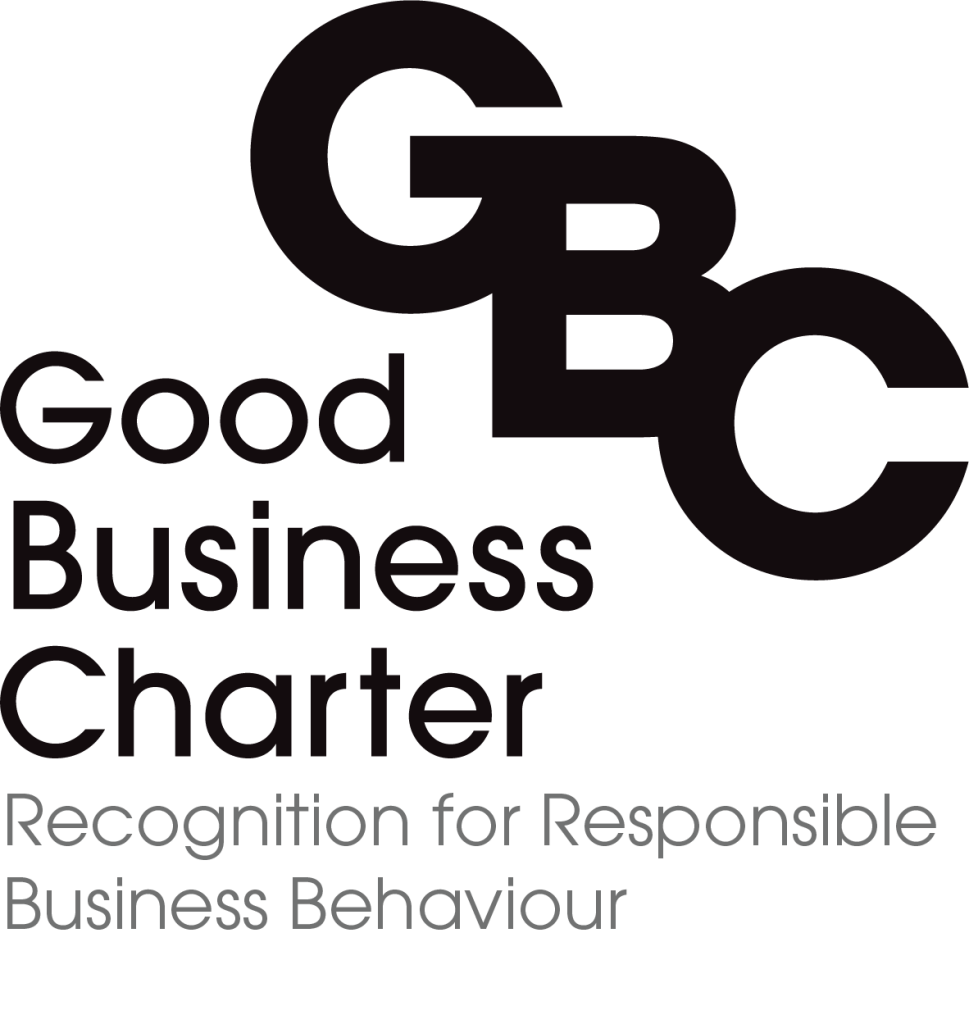Transcript: how the 2Y3X strategy map works
Transcript: How the strategy map works
You can watch this video, which lasts 16 minutes, here.
Felix Velarde’s speech at the LikeMinds Nudge Ideas Festival
Thank you very much. What can you say after an intro like that? Please, please, please don’t hold that picture in your head. Hold this picture in your head. It’s much better. This is what I now do for a living. I retired five years ago because I’d had six agencies and I ran an agency group. Basically, I got to the end and you know when somebody comes up to you and says, boss, can I have five minutes? You know nothing good is ever going to come after that intro. I got to the point after 22 years running companies. I didn’t want to hear that again because it would be machete time. I retired and then I started helping companies to grow.
As Chris kindly said, I’ve screwed up everything that you can possibly screw up running a business. I’ve made the same mistakes over and over and over again. Eventually, I started learning that there’s a bunch of stuff that just doesn’t work and that there’s a bunch of really simple stuff that really does work. So, the last five years, I’ve been working with owners and management teams and leadership teams of companies to help them grow their companies really fast, partly by stopping them doing all of the crap that’s never going to work and partly by downloading some of the learning that I’ve acquired from other people and from my own mistakes.
It turns out that any plan is better than no plan as long as you actually get on with it and do it. My specialty, if you like, is holding people’s feet to the flames to make sure they execute a rational plan. Anyway, I’ve been doing this for a few years and last Tuesday, I decided to launch a new company called 2Y3X. Hopefully, that just came on behind me. Great, the tech works.
2Y3X is a program, it’s a two-year program where we go in, we help formulate a strategy and we take that strategy, turn it into a plan and then we push the senior teams through that plan so that at the end of the period, they’ve doubled their revenue at least, sometimes tripled hence the name. That’s what I’m going to talk about. I thought it might be useful to teach you how I do what I do so that you can take those principles and if they make sense to you, you can put them in action in your own companies.
If you can do that and if you can, hold yourselves to account and hold your teams and get them to hold you to account, then by the end of two years, you will have made remarkable change to your business. There are a lot of non-executives and advisors and advisory accelerators that I’ve met since I’ve been here for the last 24 hours, some amazing and lovely people. These are the people that can help you to hold your feet to the flames, hold you to account and make sure that you get to where you want to go.
Where do you want to go? A lot of the companies that I work with want to get to a point where they’ve exited their business and what that means to them largely is two, three or four million quid in the bank account, success, happiness, sense of achievement and the ability to go off and spend six months on a beach in Thailand or go to Burning Man or do whatever they want to do before they decide on what their next… Somebody needs an update. It could well be me, oh God.
So this exit thing, it doesn’t necessarily have to be an exit, but it has to be a grand ambition. Jim Goldin’s in Good to Great talks about the BHAG, the big hairy audacious goal, having something that sits on the far horizon but just in sight, that is huge, that is aspirational, that is visionary, that allows them to hold something over there while they do all the grindy work today.
And when I start working with companies, I always start at this point, what is it that you actually want? What’s the lofty goal? And if the goal is to exit, say in three years’ time, three years is a nice horizon, it’s within reach but it’s not so far away that the world will have changed in the meantime. Brexit aside. So we start with this end goal. I’ll tell you a tiny little story.
A few years ago, I’ve always wanted to go to see the Himalayas, I’ve always wanted to go to Nepal, so I booked a holiday in Nepal. And what happens when you book a holiday to Nepal, the trekking holiday, is that the travel agent says to you, well, you’re going to need to spend the next nine months before you go away on holiday doing long walks. And I had a house in the Cotswolds, so I thought this would be easy, the Cotswolds are gorgeous.
And obviously life got in the way and I lunched it and for the nine months I went partying and I ran the business and the weekend before we went to Nepal, I went for my first formal walk. And you get to Nepal and you meet your guides and the guides take your huge rucksacks off you and they leave you with a walking stick and a small bottle of water.
And then these amazing guys, these two guys who are guides, who probably about, yeah, tall and super skinny, put our rucksacks on their heads, these huge great things and proceeded to walk us down this valley. And after a little while, the lead guide said, right, we’re going to walk for an hour and at the end of the hour we’re going to start moving uphill, but we’re going to stop and we’re going to discuss the journey.
So we walked for an hour, stopped to discuss the journey and then he said, right, in an hour’s time we’re going to reach this beautiful little view where you can see just across the valley. So let’s go and say, great. And a little further on an hour later he said, right, there’s a tree and in this tree there’s some birds and this bird song is beautiful. It’s about an hour, it’s a bit steeper. So we got to this tree and it was beautiful and bird song and it was glorious. And then he said, right, by this time we’re getting a bit tired and hot.
He said, right, we’re next stop, we’re going to stop, we’re going to have some tea in a nice family’s home. And so we went and we had this tea. And by about four o’clock in the afternoon, we’d had several of these different stages. We’d seen yaks, we’d seen paddy fields across the thing, we’d had a glimpse of a mountain over there. It was amazing. And then the first day, when I was basically dead, sweat, you know, I was using the walking stick to pull me up, my legs didn’t work anymore. We got to the top in the dark.
And then the next morning woke up, went out of the front of the lodge and there was this vista of Annapurna South and Fishtown Mountain, absolutely glorious view. If somebody had said today you are going to walk upstairs, I wouldn’t have started. But they had it absolutely nailed. They gave me this, you know, I knew what I was there for. I wanted to see this amazing view, wanted to get to the top of this mountain or this hill. And they staged it. And they staged it really beautifully. They made it, inspiration. It was only ever and now this task.
And I used that principle, that sort of approach when I came back and started being a management consultant. And so I started at the end. I start with this division th ing. What do you want? Well if it’s exit in three years, good place to start. Exit on its own, you know, making 3 million quid isn’t good enough. Because actually if you want to make 3 million quid, buy paper clips in China and sell them for a penny more here.
Or set up a porn site or do something, you know, there are infinitely better ways of making money than my new friend who makes cheese. There are easier ways to do it. So you need to add in some other stuff. Some stuff that helps bring together your vision. So if you want to make an exit, then there’s a certain amount of money going to be involved in that.
If you’re making a million and a half profit at the end of three years, you’ll walk away with 10 million quid to distribute amongst your partners. That would be wonderful. Again, it’s not enough. So when I work with companies, we tend to set a goal that is about quality. Let’s call ourselves agency of the year in three years time. Well that forces a certain kind of behavior within your company.
It forces you to have an eye on quality and excellence and delivery and customer service and on time delivery and all of that kind of stuff. But again, it’s still not enough. So having something that’s about the culture. We want to be in three years time in the times top 100 places to work. Well that forces you to think about how you engage with your staff and your employees and your partners. It forces you to put in programs to mentor and coach people. 09:55
And then suddenly that starts looking like a list of things that you’re going to have to do. So we start at the end and we work backwards. So it’s really simple. We put the goal at the end and we map backwards from there three years. Then we start filling it in. Now I break this down into five different areas. People, clients, sales marketing, processes and corporate and finance. Because it makes it very easy to do your planning. And then we start at the end and we work backwards.
If you are going to exit, what do you need on the people front? You need a bunch of other people running your company. In the last year, you have to make yourself completely dispensable. So your senior management team needs to be in charge of business. It’s common sense. So the year before that, what do you need to do? You need to get a senior management team in place and actually practicing running the business.
But also on the people front, because you’re heading towards times top 100 places to work, you need some other stuff. This year we need to identify the senior management team and put them in place. Because otherwise there’s not going to be anybody to be doing the practice in the year too. So by starting at the end, we find out what we’ve got to do this year. It’s a very simple principle, right? Culture needs to be absolutely stonking by year three. So in year two, we want to make certain that the only people working for us are A players. And that we’ve incentivized people properly. And that there’s a culture program. So this year, we need to sort out a hiring strategy.
We probably need to get rid of the C players, get the right people on the bus, again, Jim Collins. We need to work out what we want to do in terms of training. Because if we want A players super motivated next year, this year we’re going to have to teach them. We’re going to have to turn them into those A players. So that will make sense. So you start at the end and you work your way backwards. And because this is a very short talk, I’m not going to do that for all of them.
But as another example in sales and marketing, if you are going to be the market leaders because you will by the end of this year have won agency of the year, excuse me. Then before that, you need to be starting to win some awards. And you need a really good sales team or new business function. So this year, we need sales training. We need a new website. We need to nail our proposition. Most fundamental cornerstone of any kind of growth program nail your proposition. We need to sort out lead generation which comes out of the proposition and so on. And eventually what happens is you come up with a map like this. This is the point of which your iPhones come out. And this is called a strategy map.
It is a map of all of the stuff that you’re going to have to do over the next three years in order to lead to those three goals. And if it’s not on here, don’t do it. You and your senior team or your growth team, I call it growth lab because quite often we’ve got a 22 year old superstar on the team. We’ve got somebody who doesn’t manage anybody and is never going to be managing people.
And we’ve got people who aren’t on the team who are in senior positions, who are brilliant at managing people but hopeless at delivering strategic projects. So we call it growth team. You devise this with the growth team. And it’s a great cohesive coalescing exosummit. So what you end up with is a bunch of stuff that you’ve got to do this year. And we turn this into something called an execution roadmap. The execution roadmap essentially is, okay, we’ve got 20 tasks to do this year. We’ve got five people on the team. We break that down into quarters. So that’s one task per person, per quarter.
And who’s going to take on coming up with our new proposition? And Johnny says, oh, I’ll do that. And they have three months to come up with a new proposition. And Sally says, I’ll sort out the client satisfaction survey. And eventually you suddenly find at the end of year one that you’ve done 20 things. And if you’re anything like me, when I was running business, I’d set out at the beginning of the year and say, this year, we’re going to have a new website. Or this year, we’re going to remove the disbalance. We’ve got 40% of our revenue in one client. This year, we’re going to focus on balancing out our clients. And you get one big thing done.
This gets 20 little things done that allows you to move on so that by the beginning of year two, you’re ready to do year two stuff. And by the end of year two, you’re ready for year three. And by the end of year three, you’ve got your million and a half EBIT. You’ve got your agency of the year. And you’ve got your times top 100 place. It’s a really, really, really simple straightforward process. 15:23
The reason we call it a program rather than a management consulting or the usual sort of growth acceleration type stuff is because it is programmatic. There is an order that it has to go in and it requires a certain amount of experience and expertise in order to be able to download some of the things like how to sell them, what have you, which you otherwise buy in. But this is our action plan.
So by starting at the end and working backwards, we come up with what we’ve got to do today and tomorrow and next quarter and by the end of the year. It’s a lovely process. What normally happens is by the end of the first nine months, everything’s changed. You’ve got no more C players in your company and everybody’s super motivated. And your values are sorted out and everybody’s heading in the right direction. And you’ve sorted out your sales and your website and your proposition. The customers are starting to come to you. 16:19
And usually by the end of the first year, we’ve probably grown by 40 or 50%. And usually by the end of the second year, another 40% means that we’ve doubled. Quite frequently, we triple. And that’s fabulous. And it’s a joy for me because I get to see people doing what they want to do, achieving their ambitions when they weren’t really sure how to get there in the first place. And it’s great for them because they find that they’re heading towards this. And then at the end of two years, I walk away. Because by that point, we’re probably all sick in the sight of each other. But it’s time at that point for them to get motivation from somewhere else. I think that’s really important. Don’t have advisors for too long. Anyway, that’s it.
Hopefully you understood that and it was clear and simple and straightforward. And hopefully you can take that back to the office and start rethinking the way that you plan the next three years of your business. Because really, all it’s about is taking chaos and all of the stuff that you know you ought to do and putting it into a rational, straightforward, easy to do, one step at a time order. And that’s it. If you’ve got any questions, feel free to email me. Very happy to answer them, give all this stuff away, whatever. And that’s it. Thank you very much.
More posts
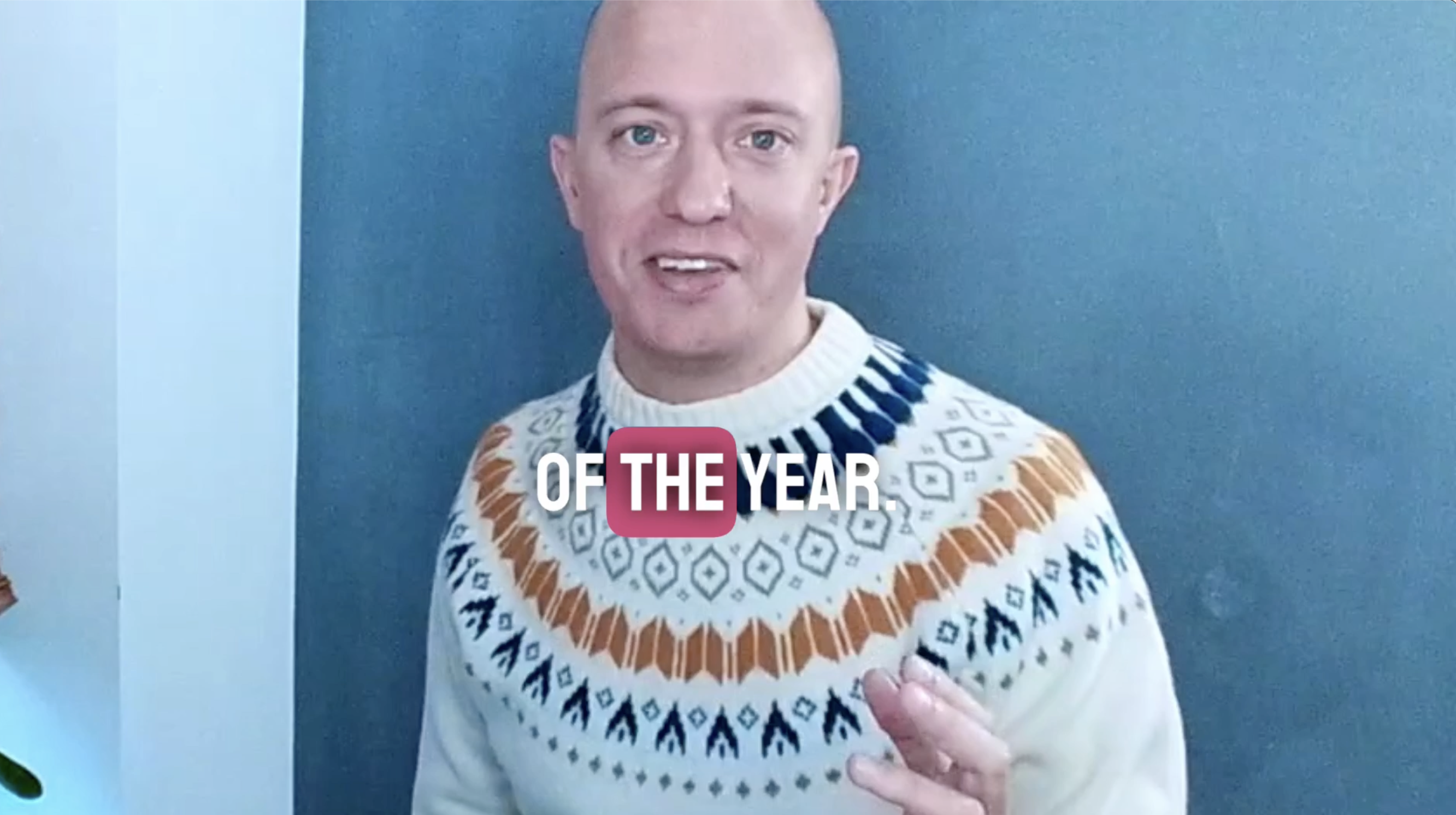
Scale at Speed review
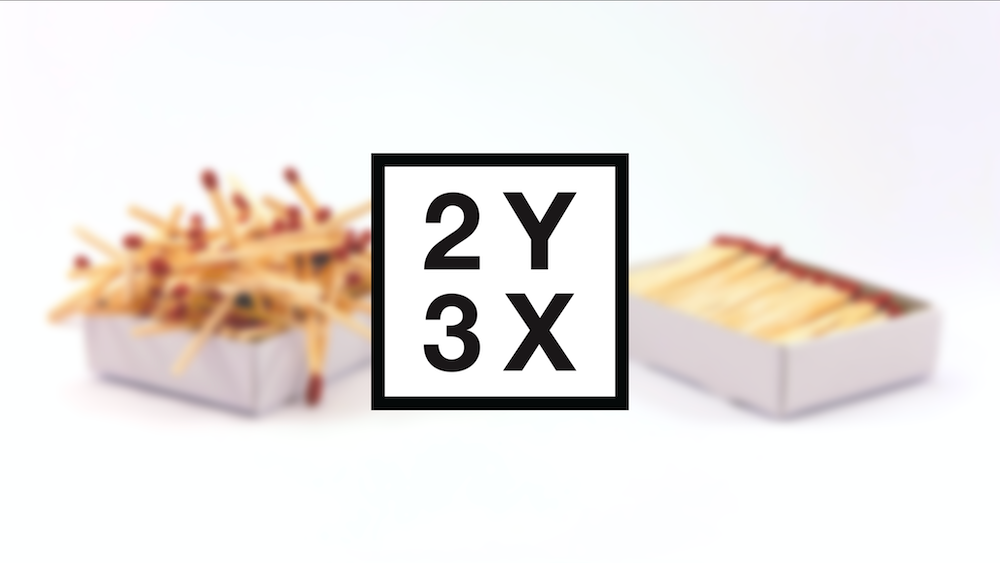
How the strategy map works
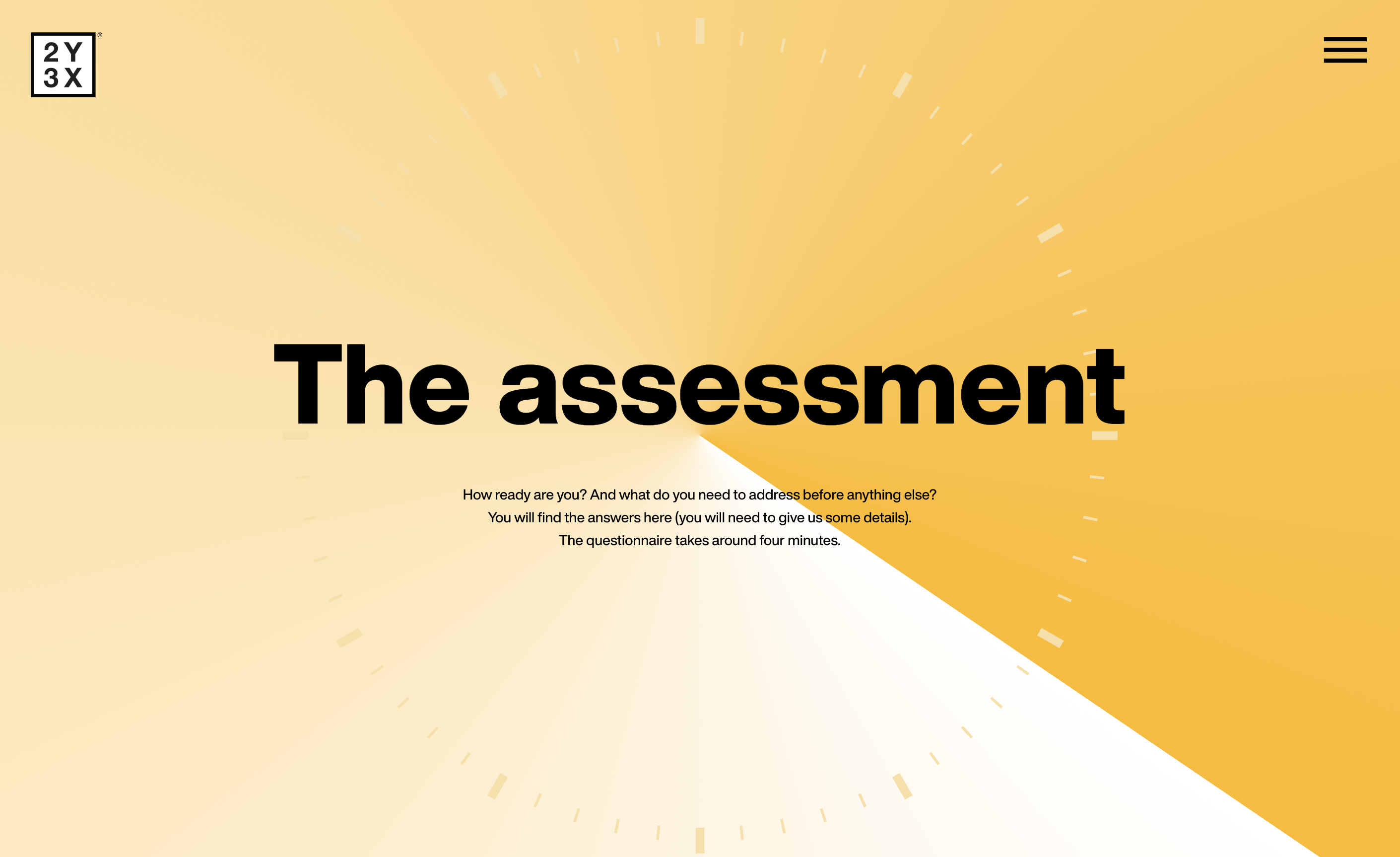
2Y3X scorecard published
